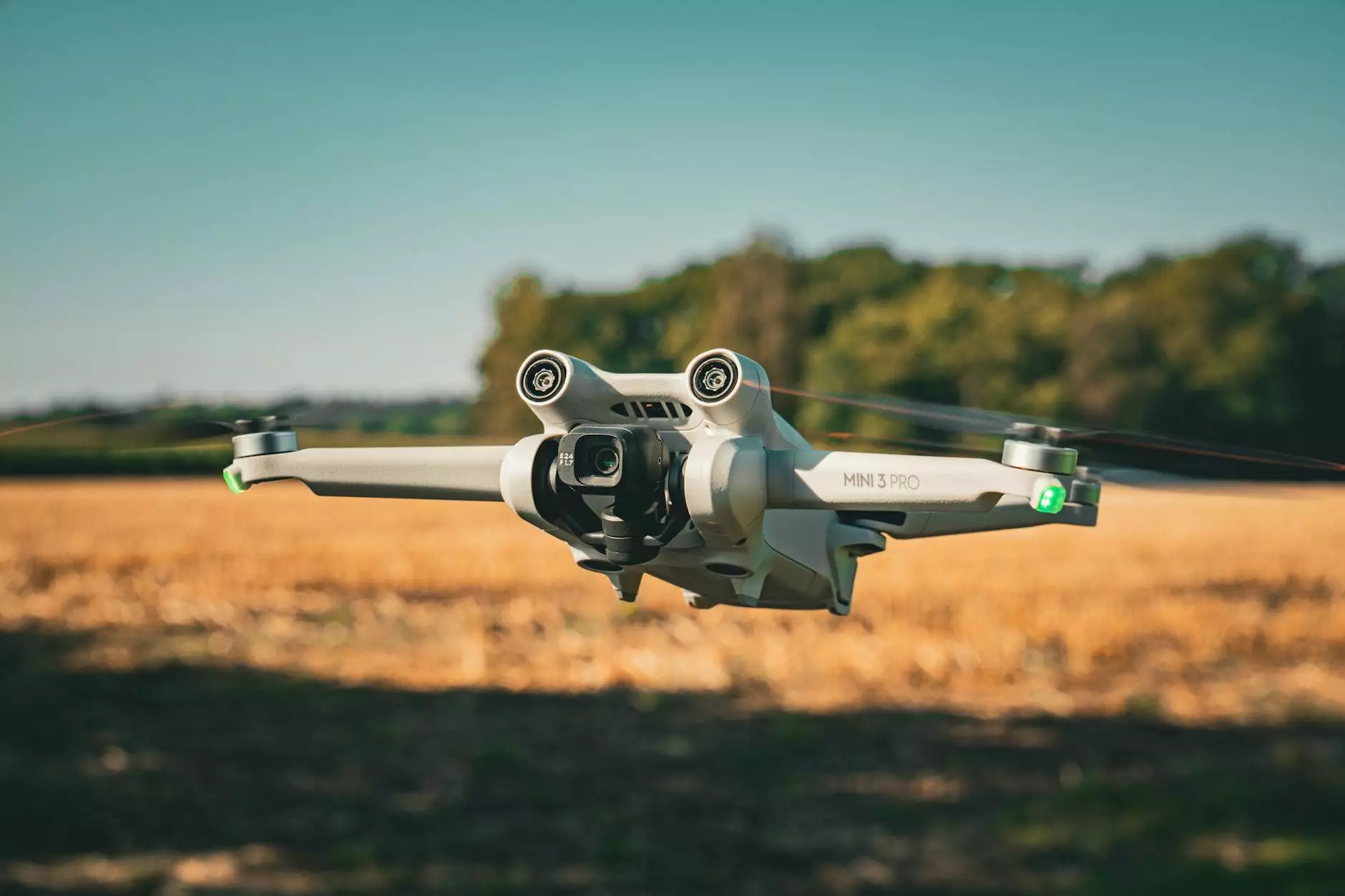Enhancing Healthcare Through Medical Image Annotation

In the rapidly evolving field of healthcare, medical image annotation plays a pivotal role in ensuring accurate diagnoses, effective treatments, and the advancement of medical research. This article delves into the significance of medical image annotation, the technologies that facilitate it, and its impact on patient care and research.
Understanding Medical Image Annotation
Medical image annotation refers to the process of labeling and categorizing images generated from various medical imaging techniques such as MRI, CT scans, X-rays, and ultrasound. Annotation involves the identification and tagging of specific areas within these images to aid healthcare professionals in their assessment and decision-making processes.
This process not only helps clinicians analyze medical images with greater accuracy but also plays a crucial role in training advanced computer vision and AI models for medical diagnosis. By creating a rich dataset of annotated images, healthcare providers and researchers can develop reliable algorithms that assist in disease identification and treatment planning.
The Importance of Medical Image Annotation
With the increasing reliance on imaging technologies in modern medicine, the importance of medical image annotation cannot be overstated. Here are some key reasons why it is essential:
- Enhanced Diagnostic Accuracy: Properly annotated medical images improve the accuracy of diagnoses, especially in complex cases where subtle differences in imaging can indicate significant health issues.
- Facilitating Machine Learning: High-quality annotations serve as the backbone for training machine learning models, enabling the automation of image analysis and assisting radiologists and pathologists in their work.
- Data Standardization: Annotation ensures that data is standardized across different healthcare settings, making it easier to share and compare results.
- Support for Research: Annotated image datasets are invaluable for research, allowing for clinical studies that can lead to new treatments and improved patient outcomes.
Techniques Used in Medical Image Annotation
Medical image annotation employs various techniques that can be categorized into manual and automated methods.
Manual Annotation
Manual annotation involves healthcare professionals, such as radiologists or medical technicians, uploading medical images into specialized software where they manually identify and annotate relevant features. This method has several advantages:
- Expert Insight: Annotators can provide nuanced insights based on their medical expertise, ensuring high-quality and contextually relevant annotations.
- Customization: Manual processes allow for tailored annotations that can meet the specific needs of a study or clinical requirement.
Automated Annotation
Automated annotation leverages algorithms and artificial intelligence to identify and label features in medical images. This technique is gaining traction due to its advantages:
- Efficiency: Automated processes significantly reduce the time required for annotation, allowing for faster data processing and analysis.
- Scalability: Once trained, AI models can handle large volumes of medical images, making it easier to scale research and diagnostic efforts.
Challenges in Medical Image Annotation
Despite its advantages, medical image annotation faces several challenges that can hinder its implementation and effectiveness:
- Data Privacy: Maintaining patient confidentiality while using medical images for annotation is critical, necessitating strict adherence to regulations like HIPAA.
- Quality Control: Ensuring the accuracy and reliability of annotations is paramount; human error in manual annotation can lead to diagnostic inaccuracies.
- Resource Intensive: Both manual and automated annotation require significant time and human resources, which can be a limiting factor in some healthcare settings.
The Future of Medical Image Annotation
The future of medical image annotation is promising, with continual advancements in technology paving the way for better tools and methods. Some trends to watch for include:
- Integration with AI: The combination of expert annotations and AI will likely yield more sophisticated diagnostic tools capable of real-time analysis.
- Cloud-Based Solutions: As healthcare moves towards digital transformation, cloud-based annotation tools will allow for better collaboration and accessibility across institutions.
- Increased Automation: Ongoing improvements in computer vision will lead to more autonomous systems for image analysis, reducing the burden on healthcare professionals.
Conclusion
In conclusion, medical image annotation is a cornerstone of modern healthcare, driving innovation and improving patient care. The collaboration between human expertise and advanced technology will continue to transform how medical professionals interpret and utilize imaging data. As we embrace these advancements, the potential for improved diagnostic accuracy, research breakthroughs, and enhanced treatment plans becomes increasingly attainable.
For those interested in exploring more about medical image annotation and its applications in different medical fields, the journey ahead is filled with opportunities. Emphasizing its importance can lead to more efforts towards refining and expanding annotation methodologies, ensuring that the healthcare landscape continues to evolve in a positive direction.









